Behind the scenes: our blog
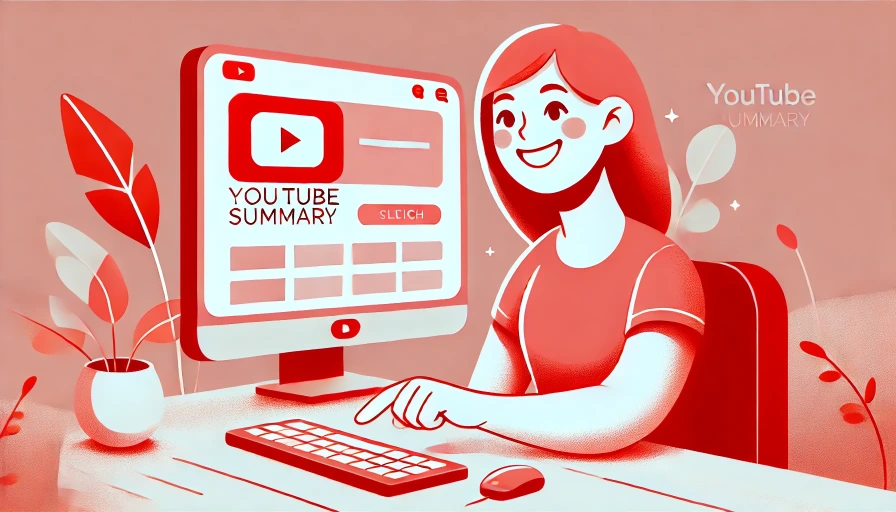
We Broke Up with Amazon Affiliate (It Wasn’t Us, It Was the Revenue)
Amazon affiliate links inside YouTube summaries sounded smart, but the revenue graph was flatter than week-old soda, so we pulled the plug and are hunting friendlier ways to sustain YouTube Summary.
Read More 👉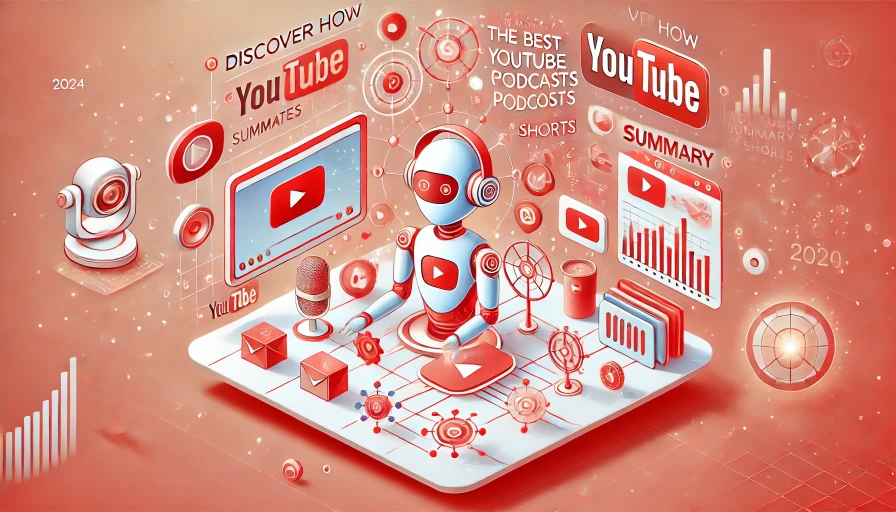
How YouTube Summary Classifies Videos in 2025
Inside our 2025 pipeline: how YouTube Summary classifies videos, podcasts, and Shorts and why category-specific prompts improve accuracy.
Read More 👉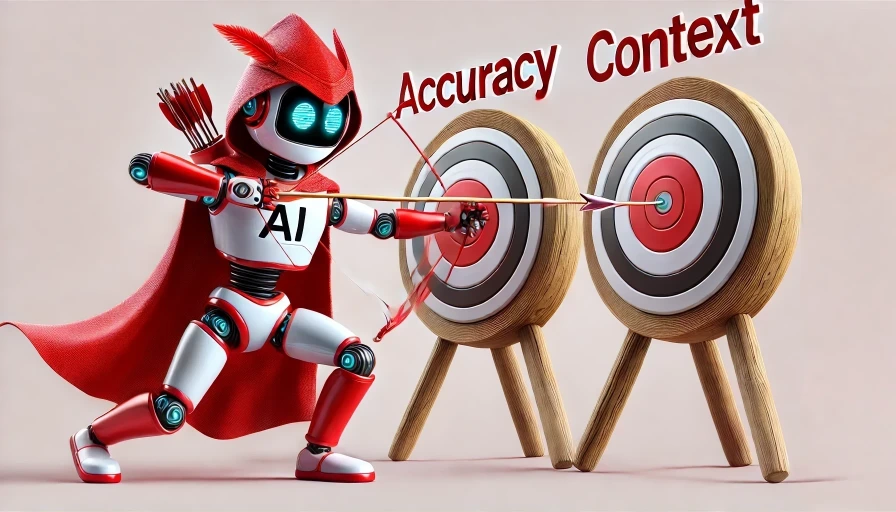
We split ‘Business and Finance’ into two categories
To make summaries clearer and more relevant, we’ve separated the former ‘Business and Finance’ category into two: ‘Business’ and ‘Finance’.
Read More 👉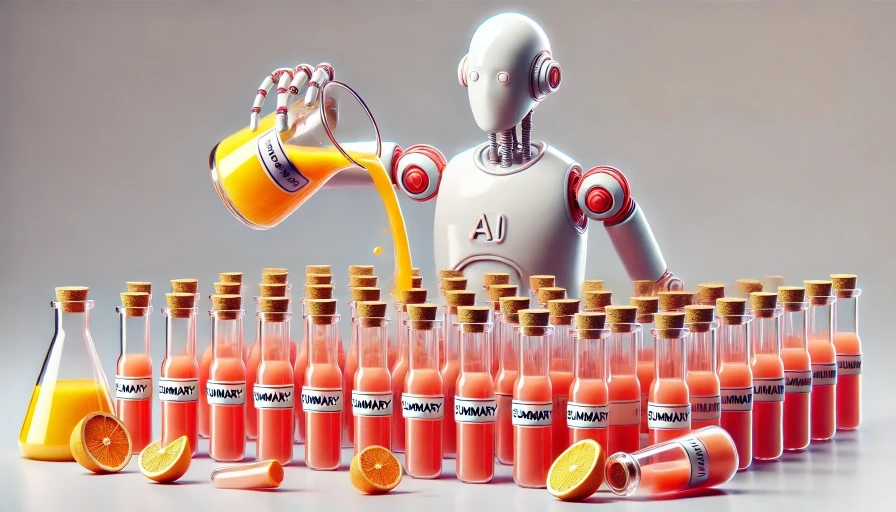
New ‘Cooking’ Video Category: Better AI Summaries for Recipes and Tutorials
We’ve added a ‘Cooking’ category so recipe videos get clearer, more accurate AI summaries—think ingredients, timing, and techniques at a glance.
Read More 👉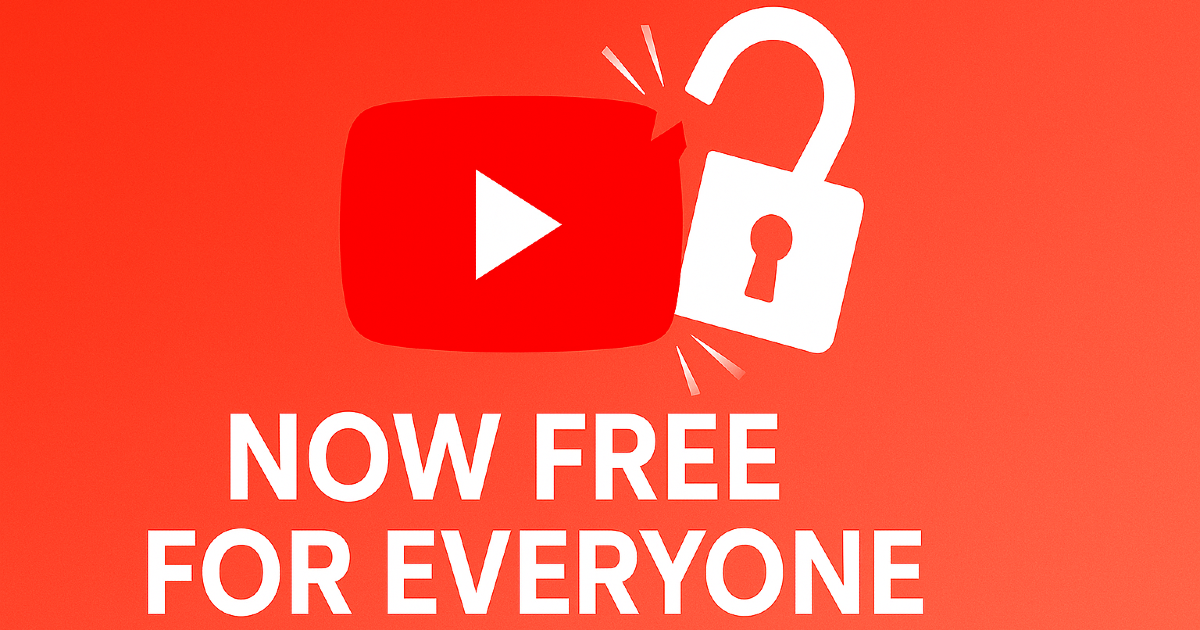
YouTube Summary Is Now Free for Everyone
No more accounts or premium: the service is now free for everyone, sustained with light ads and Amazon affiliate links.
Read More 👉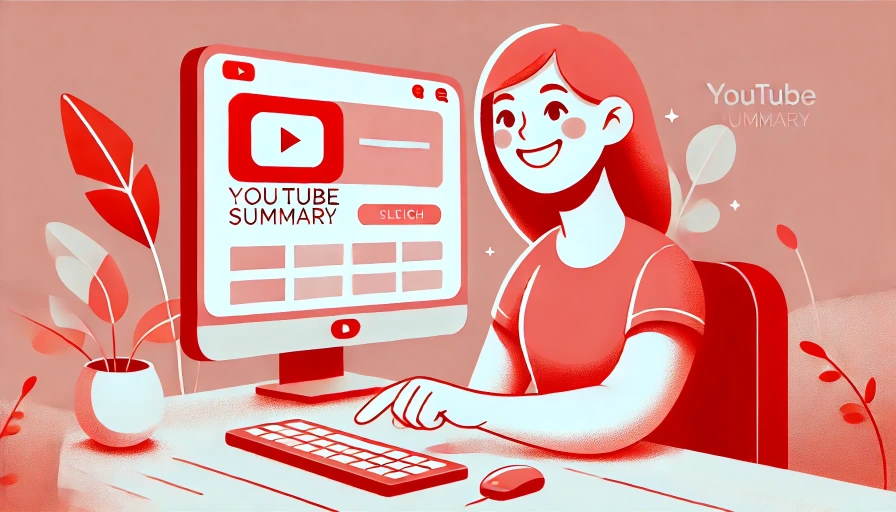
Upgrading to ChatGPT‑4.1‑mini for better video summaries
We upgraded YouTubeSummary to ChatGPT‑4.1‑mini for sharper context, better technical accuracy, and faster, more reliable summaries.
Read More 👉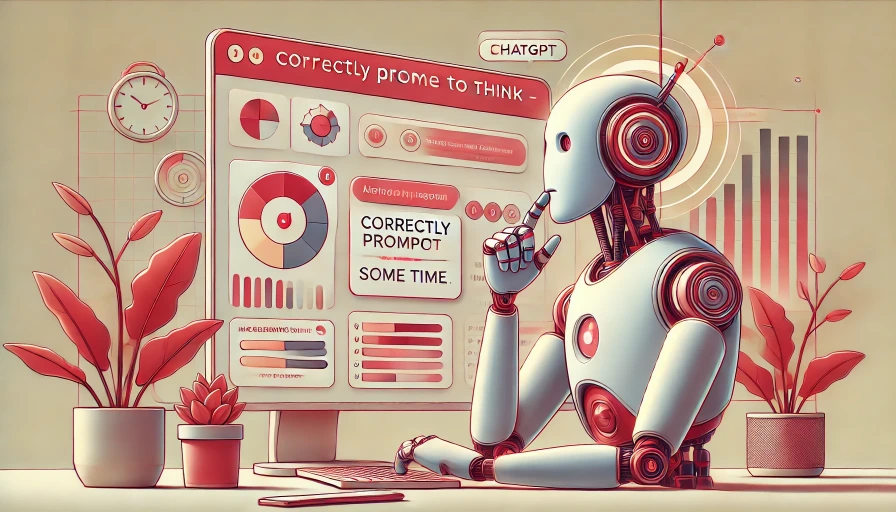
Prompting ChatGPT is Hard: What Actually Works
Prompting ChatGPT sounds simple until accuracy breaks. Here’s how we engineer reliable outputs for YouTube summaries and quotes.
Read More 👉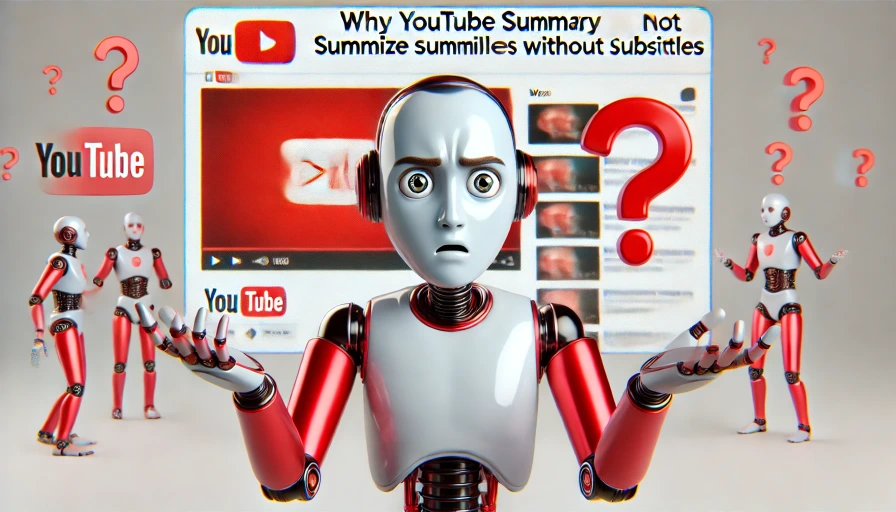
Why YouTube Summary Needs Subtitles
We summarize videos when YouTube provides captions. Transcribing audio ourselves is slower, costlier, and less reliable at scale.
Read More 👉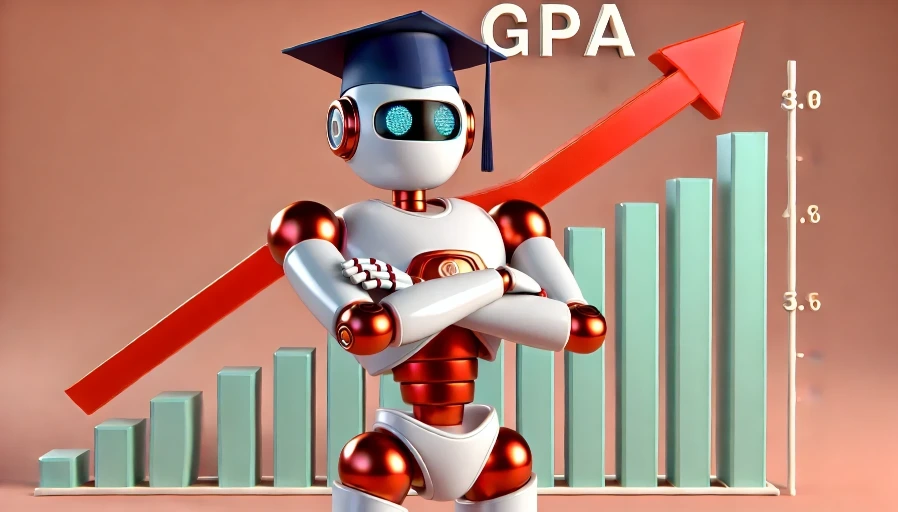
Get YouTube Lecture Insights in 30 Seconds
Turn hour-long YouTube lectures into 30‑second takeaways you can act on, without sign‑ups or paywalls.
Read More 👉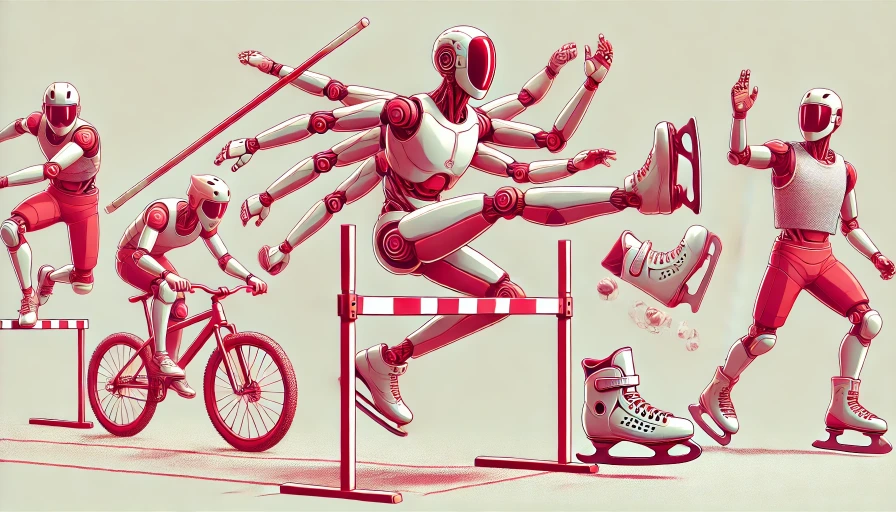
Summarize Sports Videos in Minutes with YouTube Summary
YouTube Summary now has a dedicated Sport mode that turns game transcripts into clear, timestamped recaps with key plays, results, and context.
Read More 👉
Amazon Links in YouTube Summaries
We now add relevant Amazon product links inside YouTube summaries using transcript analysis and affiliate best practices.
Read More 👉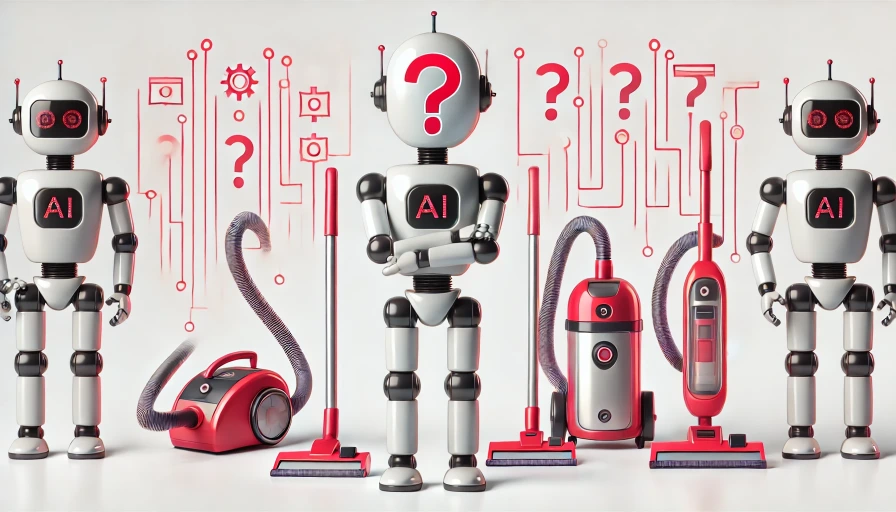
Summarize YouTube Product Reviews, Faster
YouTube Summary now recognizes product reviews and delivers clear pros, cons, and verdicts so you can decide in minutes, not hours.
Read More 👉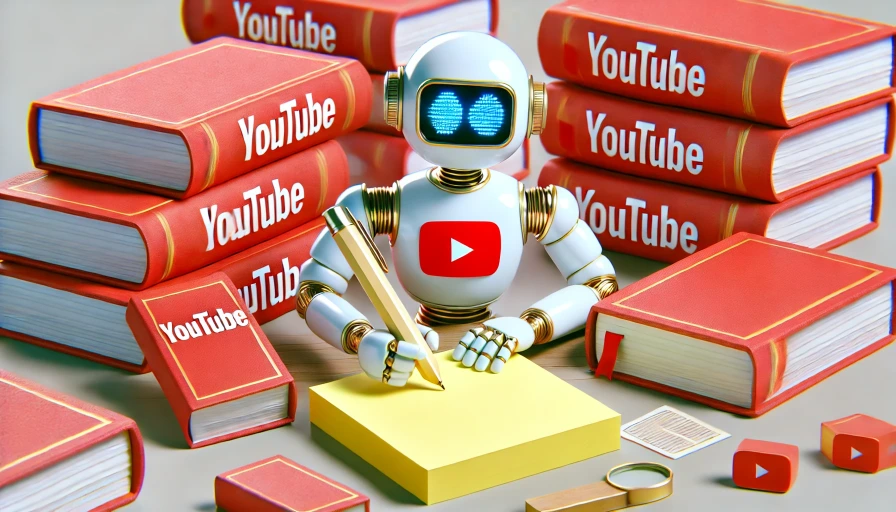
Can AI Summarize YouTube Videos?
Yes: with transcripts and modern LLMs you can get solid video summaries. Here’s what works, what fails, and a practical workflow.
Read More 👉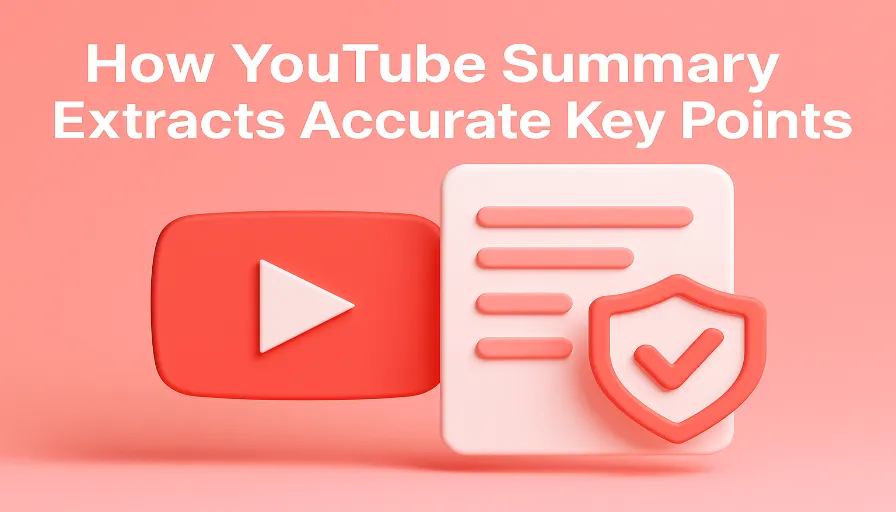
How YouTube Summary Extracts Accurate Key Points
Inside the pipeline: from transcript retrieval to category-specific prompts that turn videos and podcasts into reliable, scannable key points.
Read More 👉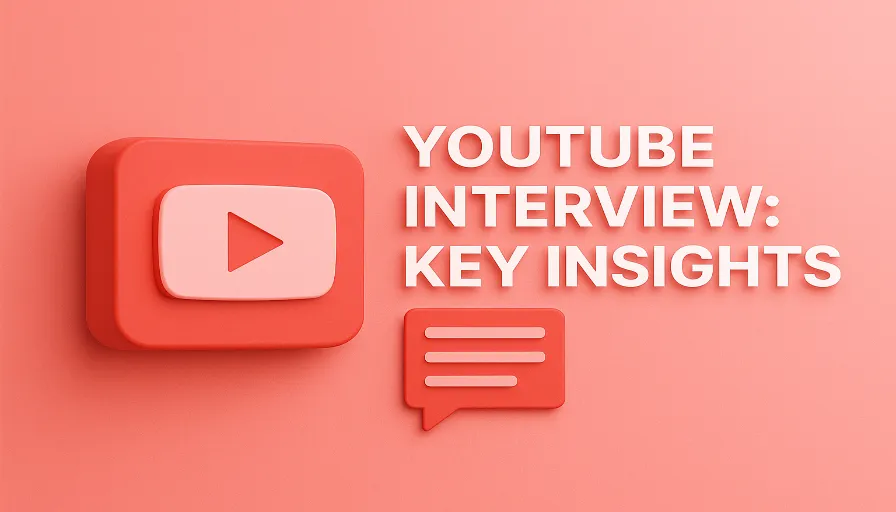
Get Key Insights From YouTube Interviews Fast
Paste a YouTube link into Youtube Summary, wait ~30 seconds, and scan a clear summary to decide if the full interview is worth your time.
Read More 👉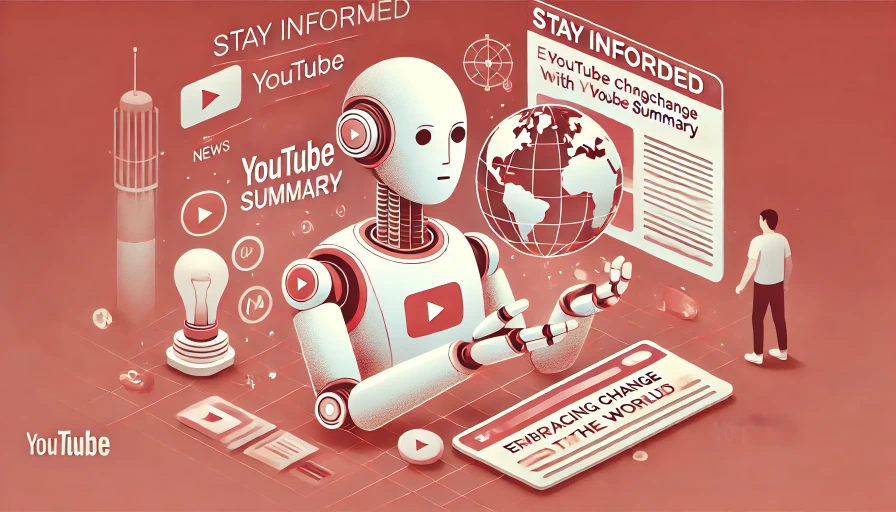
Stay informed with YouTubeSummary
Drown out the noise, keep the signal. YouTubeSummary turns hours of video into minutes of clarity with a simple workflow.
Read More 👉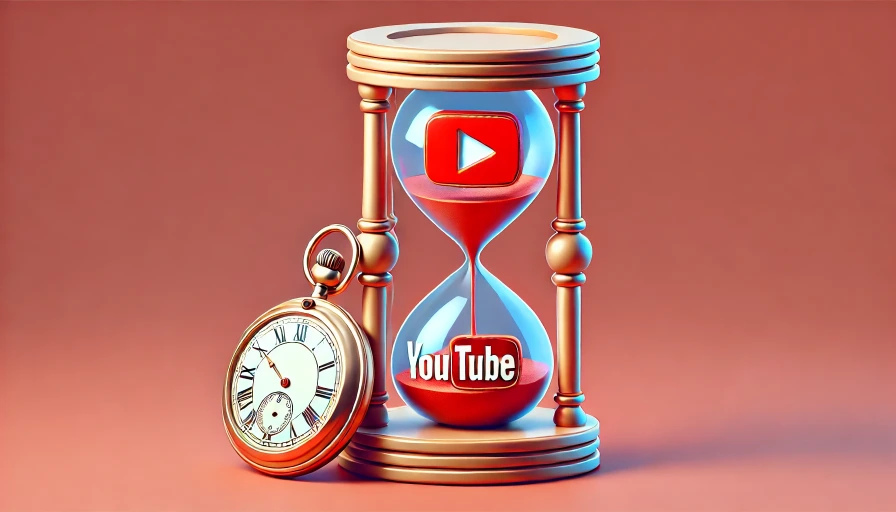
Extract insights from a 1‑hour video in 30–60 seconds with YoutubeSummary
Paste a link into YoutubeSummary and get decision‑grade insights in 30–60 seconds. Skip the 10‑minute DIY pipeline and low‑quality output.
Read More 👉
